Learning how to use combinations of gluten-free flours is the secret to successful gluten-free cooking. Gluten-free flour has different flavors, characteristics, uses and nutritional content.
The following descriptions will help you choose different flours for your gluten-free diet or for specific gluten-free recipes and individual nutritional needs.
To prevent rancidity, always store whole grains and flour in the refrigerator or freezer.
1. Amaranth
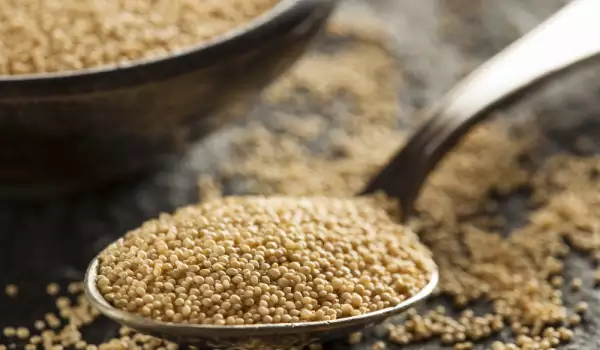
Amaranth tastes slightly sweet and nutty. The flour is creamy, has a high moisture content, quickly browns and forms thick crusts. Amaranth goes well in recipes that do not contain large amounts of liquids. Use amaranth flour as part (up to 25%) of the total flour ratio in all types of gluten-free flour and recipes for bread, pancakes, rolls, biscuits and pizza dough. Amaranth is also an excellent thickener for stir-fries and sauces.
2. Buckwheat
Buckwheat flour is a strong flour with an earthy aroma, available in light and dark versions. Use light colored flour for best results in gluten-free recipes. Buckwheat flour adds protein, fiber, vitamins and minerals to gluten-free recipes and can be used to make delicious pancakes.
3. Millet

This small grain is considered to be the oldest consumed by humans. Millet is an important source of easily digestible protein, vitamins and minerals for millions of people in Africa, Asia and India. Fresh millet looks like yellow corn flour and adds a light, sweet flavor and a somewhat crumbly texture to baked goods. Cook whole grain millet as rice in nutritious cereals, or as a substitute for rice and barley in various recipes. Add small amounts of millet flour to gluten-free baking recipes to improve food quality.
4. Oats
Oats have a pleasant taste and chewy texture and add protein, soluble fiber, vitamins and minerals to gluten-free recipes. Use oatmeal in bread, pancakes, rolls, biscuits, cakes and muesli.
5. Quinoa
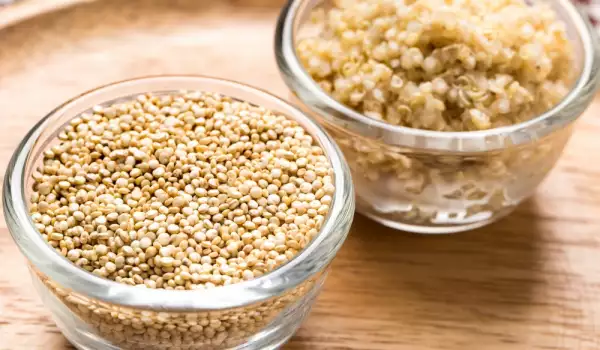
Quinoa is a high quality source of protein. This ancient grain was a major source of food for the Inca civilization thousands of years ago. Whole grains, flakes and flour are available.
The grains can be used to replace rice and barley in pilaf, couscous and soup recipes. Flakes can be used as a substitute for oats. Quinoa flour has a somewhat strong, bitter taste, can be used in small quantities in gluten-free mixes and baking recipes to improve nutritional quality. Before cooking, the whole grains should be rinsed in cold water to remove the bitter saponins - a natural coating that is found on quinoa grains.
6. Rice
White rice flour and sweet rice flour add lightness and texture to gluten-free baked goods. Brown rice and flour add fiber and nutritional qualities. White and brown rice flour are neutrally flavored. Use rice flour in combination with other gluten-free flours for better texture and nutritional quality. Sweet rice flour, sometimes called "sticky" rice, is gluten-free. It has an unique, gelatinous quality. Add sweet rice flour in small amounts to improve the structure of gluten-free baked foods and as a thickener in sauce recipes.
7. Soy
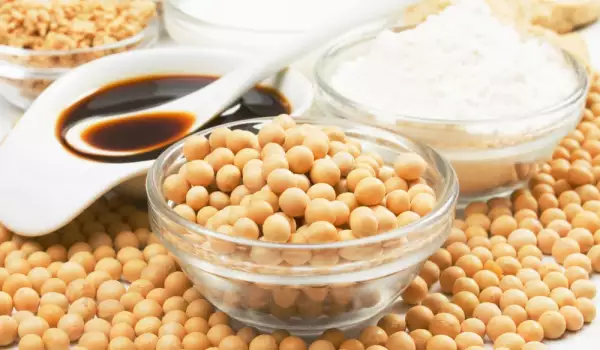
Soy flour is naturally high in protein and fat, but is available as a processed, low-fat product. It is pale yellow and has a strong taste. Adds moisture and texture to baked goods and browns quickly. Amaranth or sorghum work well as substitutes for soy flour in most recipes.
8. Almonds
Almond flour is a high-fiber, high-fat flour that adds moisture, flavor, texture and nutritional value to a variety of gluten-free baked goods. Walnut flours - including almonds or hazelnuts - make delicious breadings for chicken, fish or vegetables. The nut flour can also be used to replace powdered milk in most recipes, making them a healthy alternative for milk.
9. Coconut
Coconut flour can be used in small amounts in gluten-free recipes to increase fiber. It is almost 60% fiber, high in fat and lower in carbohydrates than other gluten-free flours. Coconut flour works best in recipes that include eggs and has a short shelf life. Store baked goods made from coconut flour in the refrigerator to prevent spoilage.
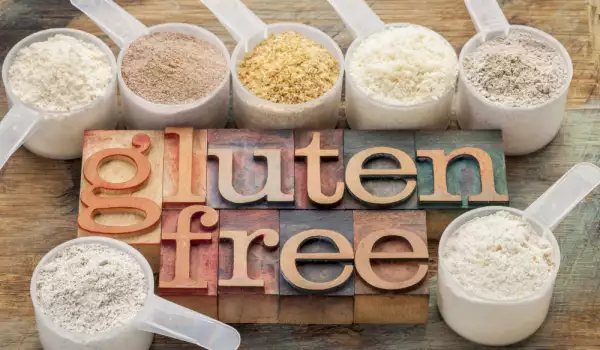


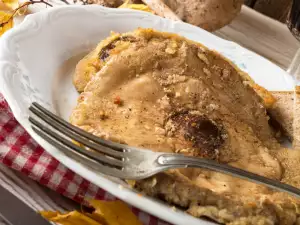

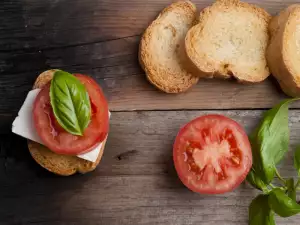

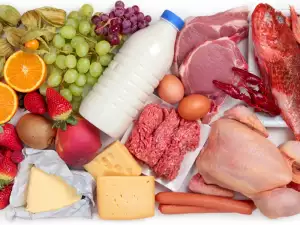

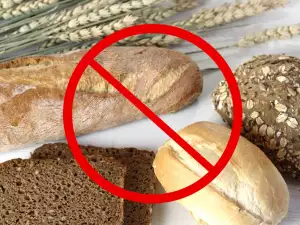



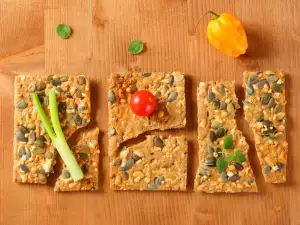

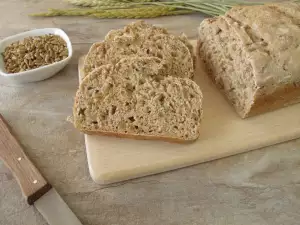




Comments